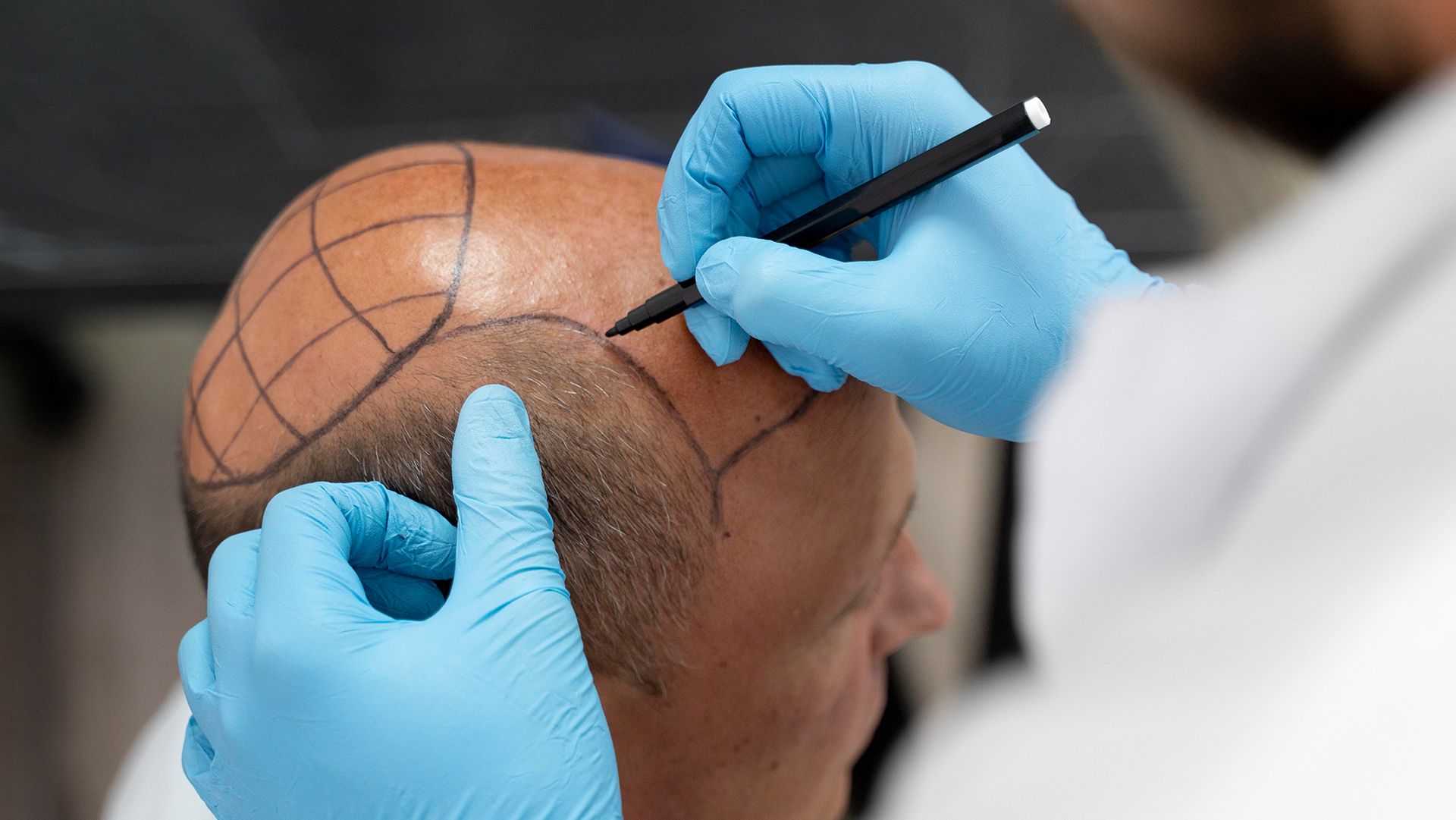



About 80 million people experience hair loss in America for varying reasons. While some people live with it, others may prefer a way to solve it in the long term.
One of the popular solutions is a hair transplant, which is usually an invasive technique. But as a surgical procedure, you want to be sure you’re picking the most ideal option.
So, what are the different hair transplant methods you can consider? Let’s take a closer look at each of them!
When it comes to hair transplant methods, you might come across several methods. Among those, some common options include grafting and scalp reduction.
Grafting comes in two ways, usually FUT and FUE. Most describe them similarly due to the nature of the process but offer distinct differences in after-effects and ideal candidates.
Here’s a brief on what they are and how they work.
Follicular Unit Transplantation
FUT is one of the oldest hair transplant techniques, making it a frequent suggestion by professionals. With this method, your surgeon will take out a strip of your scalp with hair follicles, extract them, and place them onto thinning areas through small incisions.
Because of how the procedure works, it helps to note that it may result in scarring. Most of the time, it appears like a long line, depending on how and where your surgeon harvests and plants the hair follicles.
Follicular Unit Extraction
FUE works similarly to the FUT technique because it requires harvesting the hair follicles and implanting them onto the areas where you need more hair. But in comparison, this is considered a minimally invasive procedure.
Instead of a scalpel, a device is used to punch small incisions on the scalp only enough to take out the grafts or hair follicles. A similar technique is used when planting the grafts in the necessary areas.
This method offers less scarring and discomfort than FUT. But to make sure the process works effectively, it’s best to consider this if you have more harvesting areas available.
Scalp Reduction
The scalp reduction method requires taking a bit of the bald skin from the scalp. Your surgeon will look for nearby skin with hair follicles and put it over this area.
Note that the process requires stitching, so it may result in more visible surgical implications than FUT and FUE. However, it works great for those who are experiencing balding on the top and back areas of the head.
In some cases, providers will recommend using this technique in conjunction with another, either FUT or FUE. This way, you can achieve full or better coverage.
Even with the different hair transplant methods available, it helps to be thorough when choosing which one to get. Unlike non-invasive solutions, these are usually not reversible. So, you should be extra sure about which one you prefer.
Many recommend consulting a hair loss professional before getting treatment and choosing a clinic that specializes in these cases. This way, you can get insight from an expert in the field.
The following are a few things to keep in mind when choosing what to get:
Hair Loss Condition
Your condition plays a big role in helping you determine what method will work best for you. Most of the time, it refers to the severity of the hair loss or how often you experience it.
If it’s a temporary side effect, you may want to consider hair loss solutions that are non-invasive or look into effective products to prevent damage. On the other hand, there’s no limit to who wants to get a hair transplant as long as they consult an expert first.
In most cases, FUE works best if you have enough hair in different harvesting areas. It also works well if you have thin or sparse hair. If your condition is worse than this, you may want to look into FUT instead, while scalp reduction is ideal for candidates with fully bald spots.
Treatment Cost
The cost of the treatment can affect whether or not you want to get a hair transplant. Keep in mind that it’s a surgical procedure, so it will likely cost more than other solutions. However, they offer you a permanent way to restore your hair.
Both FUT and FUE usually start at around $4,000 and increase accordingly. The cost can vary according to the severity of your condition or the number of grafts you need.
For scalp reduction, you may be able to find plans that start within the $2,000 to $4,000 range. Similar to how different hair transplant methods work, the final expense will vary based on your needs and the complexity of the procedure.
Other factors that can affect the cost include the following:
After Effects
With the given hair transplant methods, you will likely need a few days to weeks to recover. But even when you get back to your daily activities, it may take a while for any scars to heal. If you got stitches, you might have to make a follow-up appointment to have them removed.
It’s also important to remember that the effects of the transplant will become noticeable in weeks or months to come. If you notice the grafts coming off, this is to make way for new hair. Otherwise, if anything unusual happens, you should contact your doctor as soon as possible.
Different hair transplant methods make sure you get the best hair restoration results, regardless of the severity of your condition. Moreover, learning about them gives you an idea of which technique you would feel comfortable with.
Note that each method comes with its own pros and cons. So, it’s crucial to take these into consideration before you make a final decision. This way, you can ensure you get satisfactory results and boost your confidence with your new hair!



Ready to love your hair? Call 312.883.9617 for a consultation or fill out the form below
OUR LOCATION
213 N. Stetson Ave
Chicago, IL 60601
HOURS
Copyright ©2025 Dr. Yates Hair Science | All Rights Reserved
Powered by HEAVY LEVITY